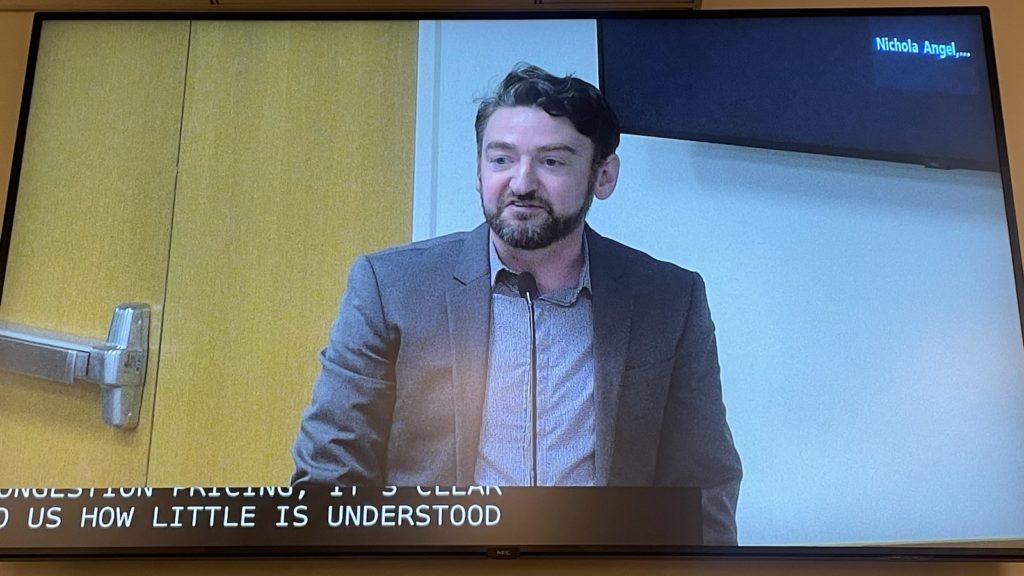Good morning, I’m Brian Fritsch, Associate Director for the Permanent Citizens Advisory Committee to the MTA, PCAC.
While the suburban driving constituency has cheered Governor Hochul’s recent pause of Congestion Pricing, it has been crystal clear to us at PCAC how little is understood about how stopping the congestion pricing program and its associated revenue will decimate the current and future Metro-North and LIRR capital plans and seriously jeopardize federal funding for crucial projects, some of which are already in pre-construction work.
It has been lost in the public discourse and media that 20% of congestion pricing revenue was slated to go to the railroads. That represents $1.5 billion per railroad, or a whopping 26% of the current LIRR capital plan’s funding and 32% of Metro-North’s, both staggering blows that essentially wipe out the planned capacity projects for both railroads.
For the LIRR this means delaying the purchase of the new M9 cars and extending the life of the already dilapidated M3s, no electrification of the Port Jefferson branch, fewer employee facility upgrades, among other delays and cancellations.
For Metro-North, this means delays in station upgrades, new rolling stock, halting resiliency upgrades to the Hudson Line and no capacity expansion projects.
For both railroads it means delaying critical ADA enhancements and other upgrades for stations, fewer signal upgrades which will negatively impact train speeds, and a slower rollout of new ticketing machines.
To the MTA Board members representing the MTA’s suburban service territory: we urge you all, as committed stewards of the MTA and advocates for better transit, to use your platforms and speak up for commuter rail riders whose transit is also threatened by Governor Hochul’s ill-planned pause. There is too much at stake not to express your displeasure at this incredible missed opportunity to improve the railroads by investing in capacity and reliability improvements that would have paid dividends for decades to come.
Thank you.
